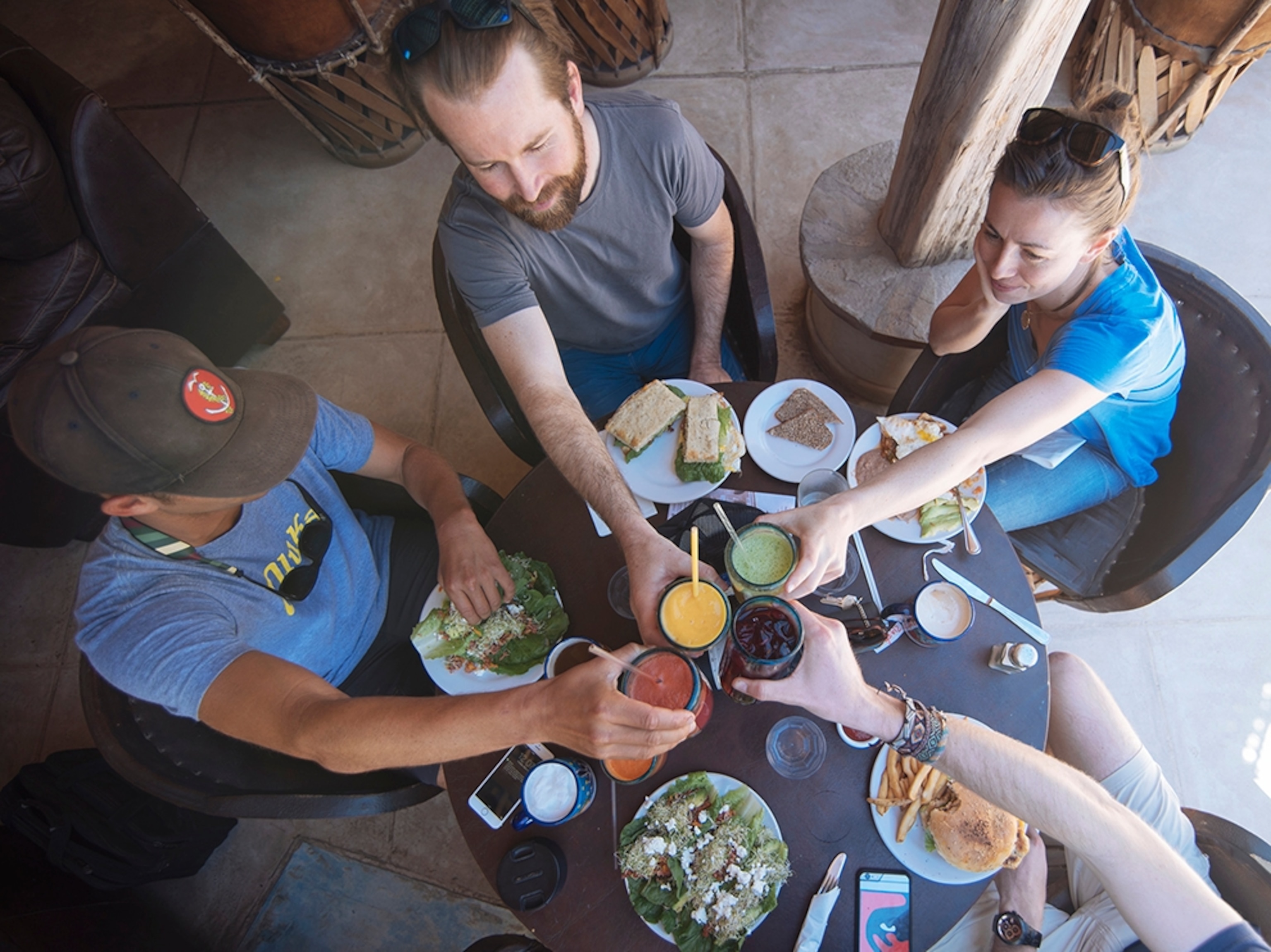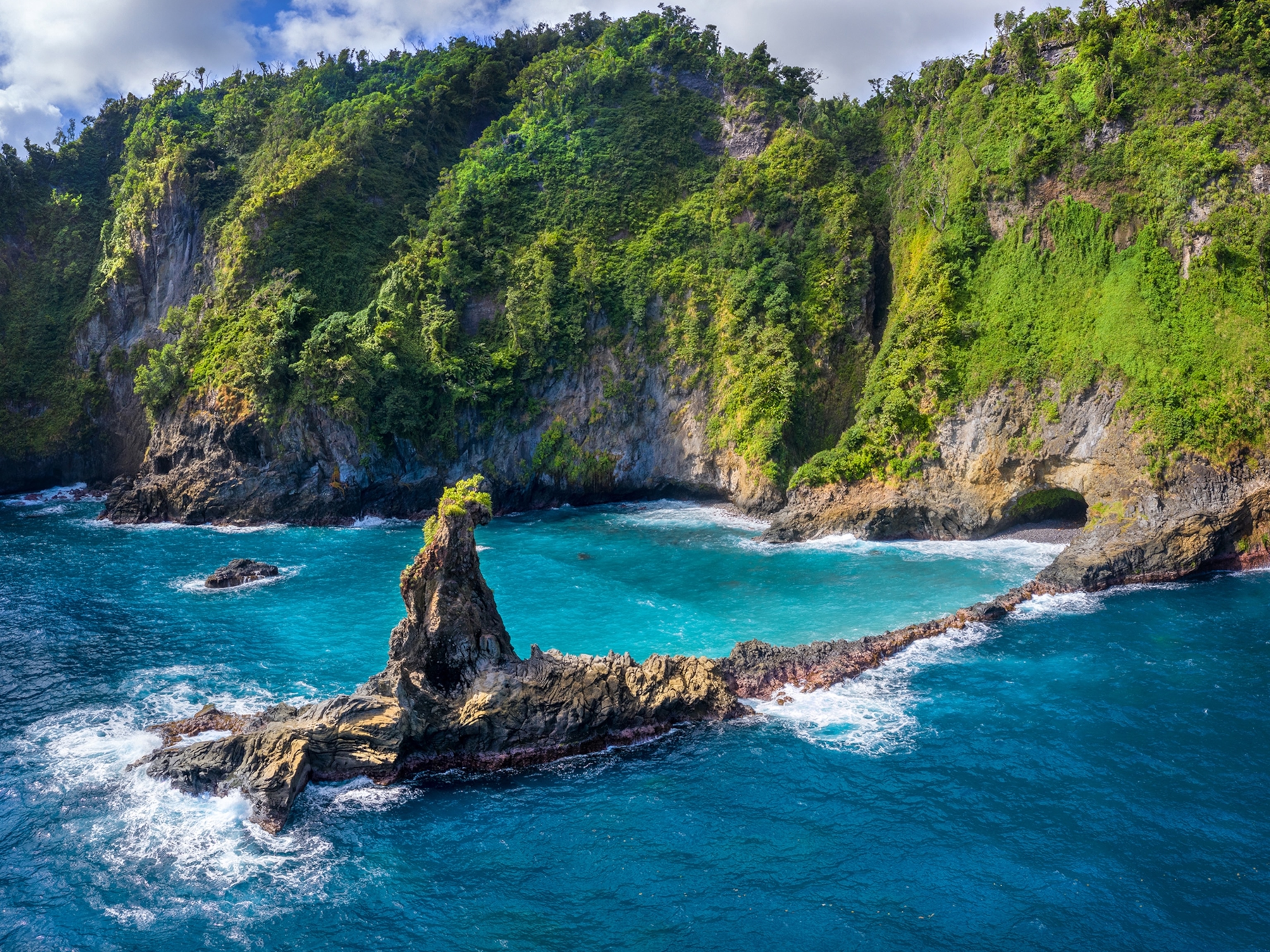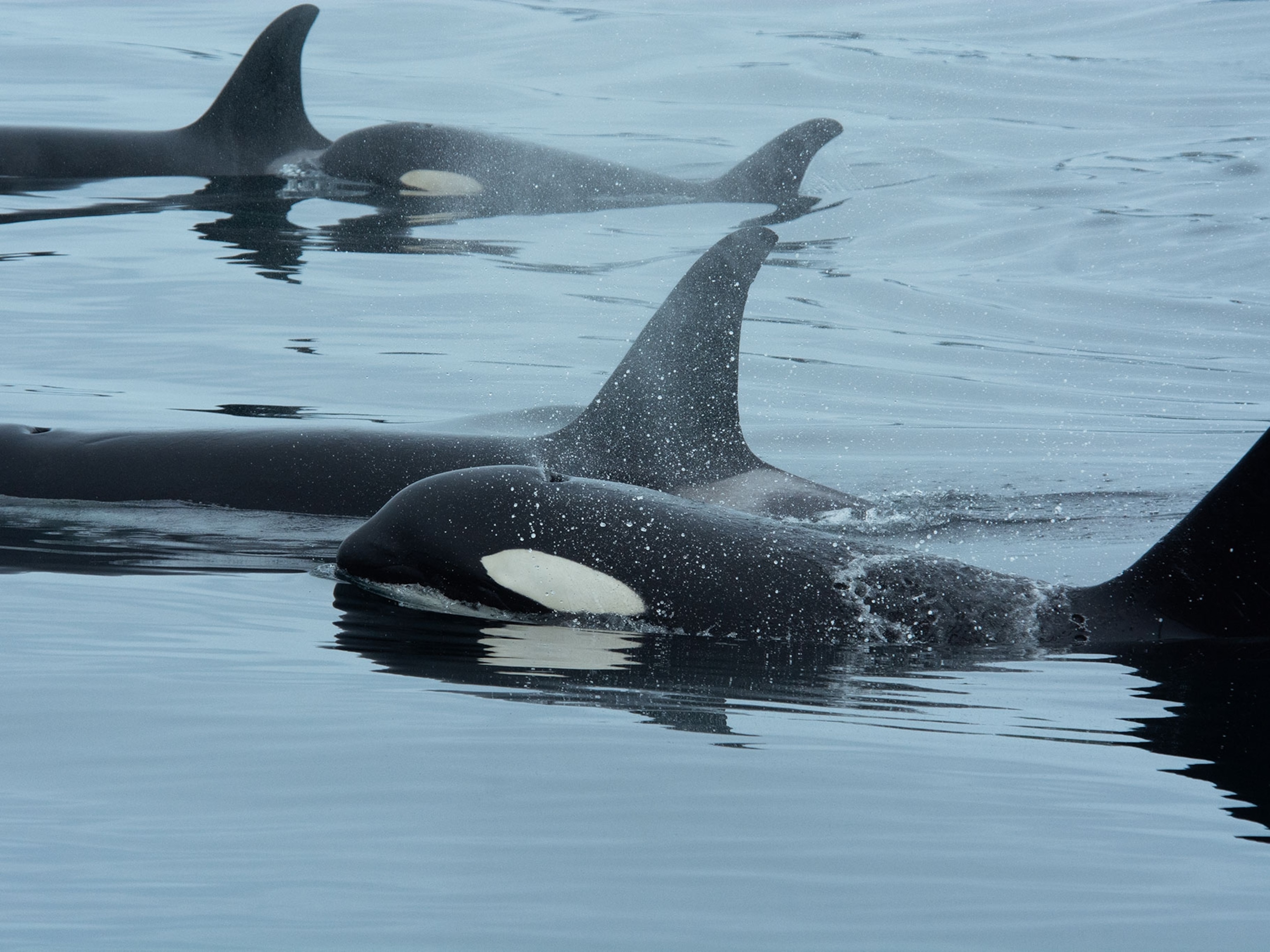Where Curious Sea Lions Aren't Afraid of Snorkelers
In this UNESCO World Heritage site, the sea lions come out to play.
Jacques Cousteau once called the Gulf of California the “Aquarium of the World,” but even such a title might not give justice to the Sea of Cortez.
We came to Baja California Sur with one goal in mind: to swim alongside the world’s largest fish, the endangered whale shark. After we were able to have that experience on our first morning, we went on to listen to whales, float through a massive school of bigeye jack fish, explore the restored reefs of Cabo Pulmo, and had a truly special moment with a curious sea lion.
One can't-miss gem can be found in the archipelago of Espiritu Santo, a UNESCO World Heritage site, the archipelago of Espiritu Santo. There are many compelling reasons to visit these islands—some visitors go bird watching, and others explore the remnants of the pearl farms that once dominated the archipelago.

For many, sea lions are the main attraction. A healthy colony lives on Los Islotes, about an hour boat ride from Baja California Sur’s capital of La Paz.
Sea lions are gentle and curious animals, especially the juveniles. Our guide, Alan, with Espiritu & Baja Tours, lovingly referred to them as “dogs of the ocean.” Orcas and other predators are rarely frequent the area, so the sea lions here tend to be friendlier because of the lack of danger.
“Sea lions are very inquisitive and playful animals," says Kayleigh Jones, a Ph.D. student who has studied sea lions and their behavior in the Falkland Islands with the support of a National Geographic Early Career Grant. "Since they don’t have hands, unlike humans, they must use their mouths to investigate things. They likely nibble flippers and other snorkeling gear as they are curious to discover and play with the foreign objects.”
SAFETY FIRST
These playful animals create truly memorable experiences with visitors, but there a few tips to keep in mind when interacting with these curious creatures. You should not chase or grab a sea lion, but if one approaches you, remain calm, and enjoy the enchanting experience. Visitors should always be wary of interacting with animals and do their due diligence before joining a trip involving wildlife. (Related: ‘Selfie Safaris’ are a new concerning trend in wildlife tourism)

A BRIGHTER FUTURE
The sea lions attract tourists to Los Islotes, where they remain protected by tourism in the area. Regulations remain in place to ensure a limited number of visitors, and tour operators are properly trained in an effort to avoid irreversible damage to this delicate ecosystem.
There are many organizations invested in preserving the natural wonders and biodiversity in the area. The Mexican government's National Commission of Protected Natural Areas (CONANP) outlines and promotes environmental standards for the area; the citizen-run La Paz Waterkeepers prevent illegal fishing and other illicit behaviors; and tour operators like RED are investing in research, promoting sustainable tourism, and conducting academically focused trips for students. When searching for tour operators, choose to invest in one that is safe and sustainable: Where you invest your money can inspire change in the industry.
- National Geographic Expeditions
AFTER THE TOUR
La Paz is a great home base for many eco-adventures, and a quiet town compared to the the rest of Baja California Sur’s more popular cities, like Cabo San Lucas and San Jose del Cabo. Full of great restaurants, the city is very walkable and has an active church that leads to a popular active sqaure. The Museo de La Ballena has helpful guides that will teach you all about the surrounding marine world.
A stay at El Angel Azul Hacienda will have you feeling right at home—it’s spacious, decorated with blue curios, and has a large private courtyard filled with hammocks and cacti. The large kitchen can help you prepare a quick breakfast before a full day boat tour, and you can peruse the neighboring library and clothing shop for other cultural experiences.
Go With Nat Geo: Dive in with the experts.





















